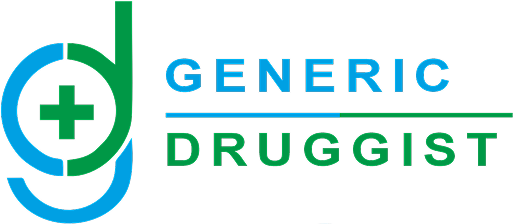
Know the Causes of Acne and Your Treatment Options
Numerous skin disorders impact people of various ages and individuals. Teens and young people are among the most prevalent.
They are particularly vulnerable to acne and its associated conditions, including zits, blackheads, nodules, whiteheads, cysts, and markings.
In addition to causing pimples and dark patches on various body regions like the chest, back, shoulders, upper arm, and most importantly, the face, acne is a chronic disorder that affects a large number of people. The majority of young people who suffer from acne are between the ages of 16 and 26.
The disorder known as acne can appear at any age and is caused by an overactive sebaceous gland. They typically exhibit activation during puberty in the majority of cases. Apart from the scars that acne leaves behind when it goes away, there isn’t any significant risk.
After acne, scar erasing should be taken seriously because it is frequently disregarded, leaving a person permanently scarred. When acne occurs, the sebaceous gland produces a lot of oil, which results in pimples. This can occur in both males and females and is primarily caused by an imbalanced hormone level.
The quantity of pores that are connected to the oil glands underneath the skin’s outermost layer makes up an individual’s skin. From a natural perspective, these glands are responsible for the skin’s hydration and moisturization. Follicles, which resemble tiny cysts and are known to release liquid onto the skin, are known to connect glands with pores.
These organs transport liquid sebum, which typically comprises dead and damaged skin cells, to the skin’s outermost layer. Excessive oil production beneath the skin’s epidermis blocks the follicle that carries sebum, which results in a pimple.
Bacteria infect the plug that contains semen, causing a pimple to expand up the skin towards the outside. When you close the cap, a pimple appears. Propionibacterium is a common bacterium that produces pimples. Both acne and follicular infections are brought on by it. The pressure of the bacteria is the primary cause of pimple production and raises the frequency of acne.
One of the primary causes of acne is hormones. Acne develops as a result of hormone imbalances or excessive activity. During adolescence, a common hormone called androgen begins to increase, and in women, it climbs
generates too much sebum. The bacteria that results from this then causes pimples to appear on the skin. Stress, oily makeup, women’s periods, pollution exposure, and other factors are other causes of acne infections.
Although acne is not lethal, a number of treatment solutions have been developed over time. What steps should be taken to treat acne can be determined by the problem and its source.
Severe acne, mild acne, and moderate acne are the three stages of acne. Each of these illnesses has a unique set of therapies and should be handled as such.
To prevent and treat minor acne, a variety of over-the-counter medications are available. According to the doctor’s prescription, medications can be administered to the afflicted area as gel, lotions, creams, soaps, pads, etc. It’s crucial to speak with a dermatologist before taking any of the medications listed above. Alcohol-based gels are thought to be the finest for oily skin, while creams and lotions are thought to be the greatest choice for sensitive skin.
There are several drugs on the market that can be used to treat minor acne. The following is a list of the ingredients that are used:
By reorganising the skin’s cells, this aids in pore opening.
Benzoyl Peroxide: This eliminates microorganisms from the skin, replaces dead cells, and limits the formation of sebum.
Resorcinol: This stops black and white heads from forming.
Azelaic Acid: This stops bacteria from growing on the follicles and forming lines, which stops acne from developing.
Salicylic Acid: It lessens the swelling and irritation brought on by acne.
To avoid the least amount of redness or irritation, it is best to start with the weakest cream or lotion before starting any of the suggested therapies.
Severe scarring may result from acne’s propensity to swell up and become quite inflammatory. In situations like these, it is best to inject a diluted corticosteroid into the acne to restrict its formation and eliminate its cyst-like shape.
This frequently decreases inflammation and accelerates the healing process, which eliminates all of the acne in a day or two.
Patients with acne are advised to take these antibiotics for approximately six months. These medications can harm skin cells if taken over an extended period of time.
Typically, a high dose is administered first, followed by a lesser amount until the acne is resolved.
These medicines combat the bacteria causing acne, which reduces inflammation and speeds up the healing process overall.
One of the most common treatments for acne is this one, particularly for people with moderate to severe acne. Clindamycin and sodium sulfacetamide are a couple of the medications that are prescribed for this kind of treatment.
Additionally, dermatologists recommend using retinoid, a derivative of vitamin A. This stops blackheads and whiteheads from forming.
Also known as oral retinoid, it is a very efficient treatment for acne, particularly persistent acne.
These medications must be appropriately managed to avoid any harmful side effects. The following are some of the adverse effects: mood swings, abnormalities, dry skin, etc.

